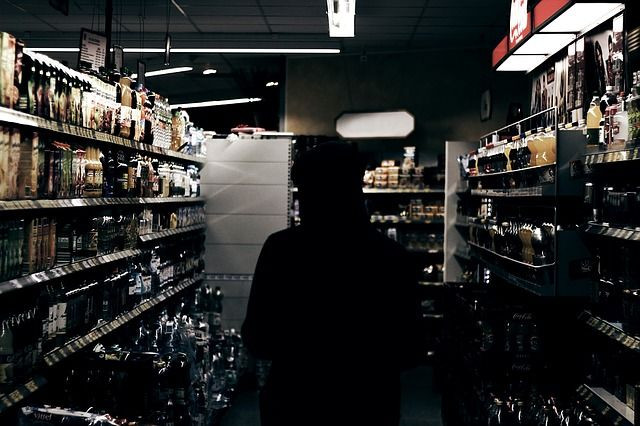Poverty And Crime, Not Bars Or Liquor Stores, Influence Alcohol Consumption, Study Says

Communities often worry that opening bars and liquor stores may lead to more widespread drinking problems, but new research suggests that disorganization and poverty in a neighborhood play bigger roles in local drinking levels than the availability of alcohol. The researchers hope these findings, published in the Journal of Urban Health, may lead to more informed intervention methods to help prevent alcohol abuse.
Results revealed that people who lived in neighborhoods that were characterized by high poverty and disorganization drank about twice as much in a week as those living in other types of neighborhoods. In addition, binge drinking was about four times more common in neighborhoods with high poverty and high disorganization. On the other hand, neighborhoods that were characterized by greater availability of alcohol, such as those with more bars and liquor stores, did not show an increase in alcohol use. Together, these results suggest that poverty, not alcohol availability, may put people at greater risk for drinking problems.
While past research has already found links between poverty and alcohol use, this study is the first to suggest that the actual state of a community, such as crime or graffiti, could be a factor in alcohol misuse. This could mean that simple neighborhood maintenance programs could have wide-reaching benefits, and may even improve the health of those who live there, researchers said.
Read: Alcohol's Effect On The Body: 5 Majors Organs That Are Being Destroyed By Your Alcohol Consumption
"Is there something about the neighborhood itself that can lead to problems?” said Isaac Rhew, a researcher involved in the study, in a recent statement. “As we learn more about those neighborhood factors that are relevant, then this might point to population-level strategies to modify or improve the environments where people live.”
For the study, researchers from the University of Washington interviewed more than 500 adults who were part of the ongoing research project Social Development Research Groups at the university. These adults first took part in the project when they were fifth graders in Seattle elementary schools, and now lived throughout the Seattle area. A total of 48 percent of those included in the study were women, and 60 percent were people of color. Participants answered a series of questions about their alcohol consumption and their perceptions of their neighborhood, and the researchers classified their neighborhood according to poverty level, alcohol availability, and overall neighborhood disorganization, which was described as crime, drug selling, and the presence of graffiti.
"On its face, the connection between poverty and disorganization and alcohol use may not be all that surprising, but when you find that this connection may be even more important than the location of bars and liquor stores, then it's those characteristics of a neighborhood that we want to pay attention to," said study co-author Rick Kosterman in a statement.
The study didn't show a link between bars and liquor stores and increased drinking, but that doesn't mean more of these establishments are a good thing for the neighborhood. According to the study, other social problems, such as crime and drinking and driving, tended to be focused around where liquor is sold.
Source: Rhew IC, Kosterman R, Lee JO. Neighborhood Typologies Associated with Alcohol Use among Adults in Their 30s: a Finite Mixture Modeling Approach. Journal of Urban Health. 2017
See Also:
Alcoholism Is A Disease: CDC Finds 90% Of Heavy Drinkers Are Not Alcoholics



























